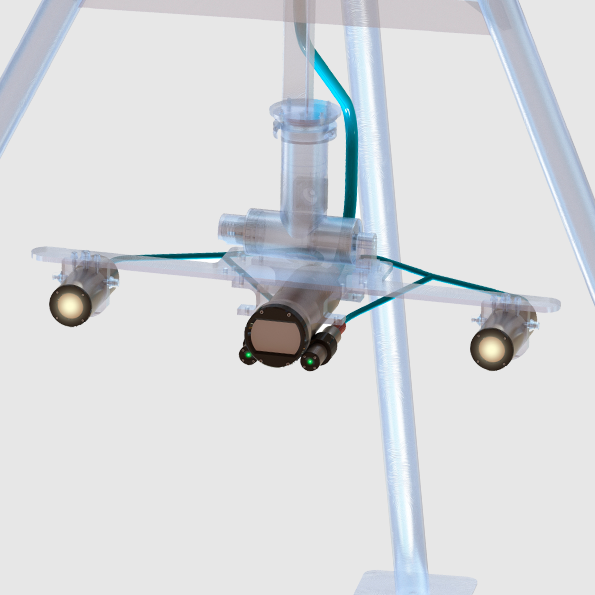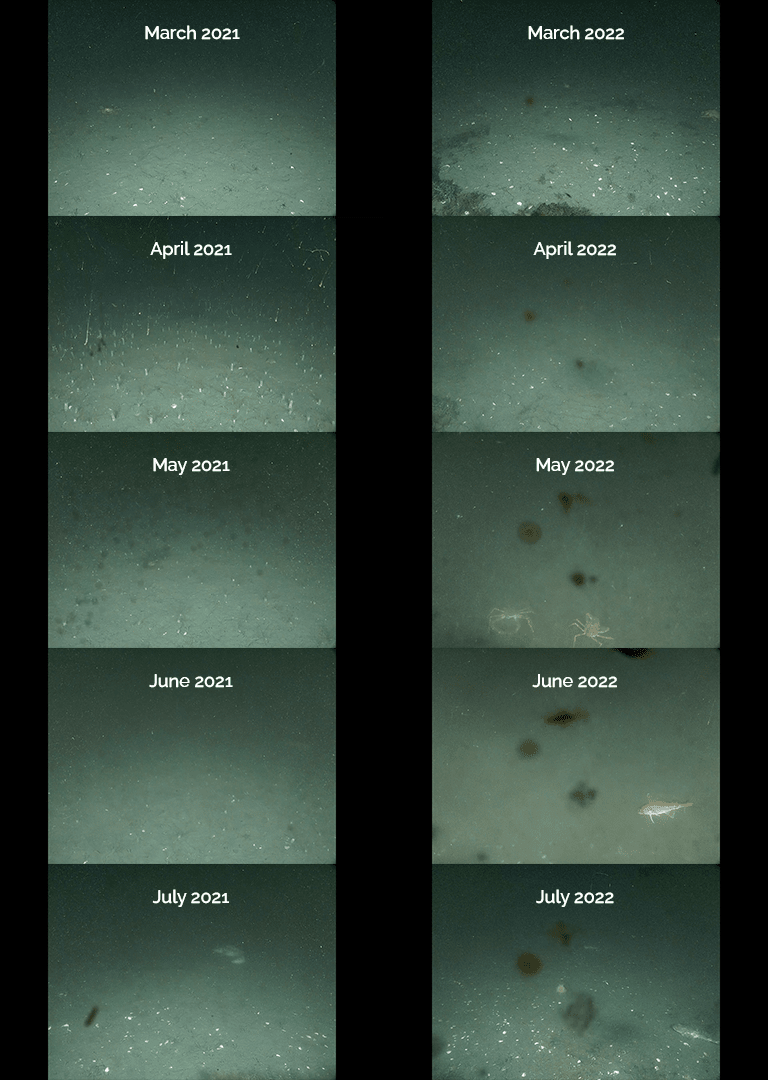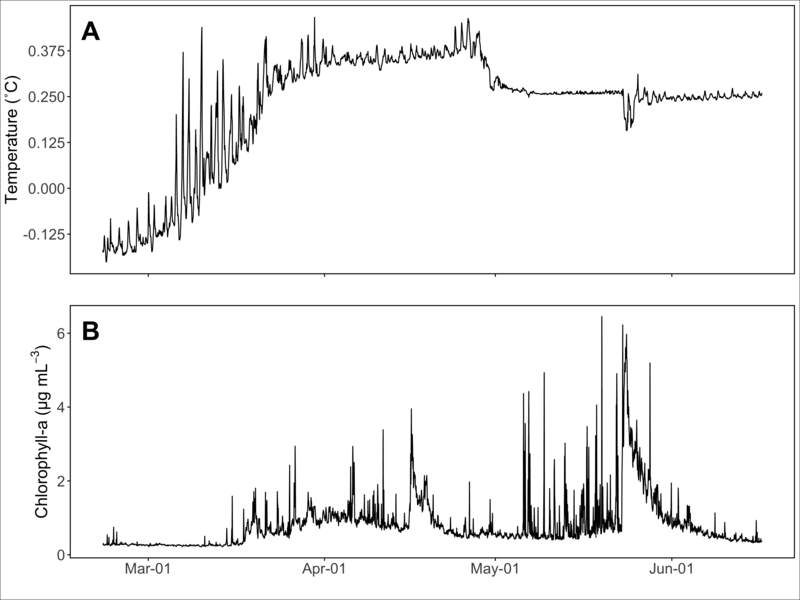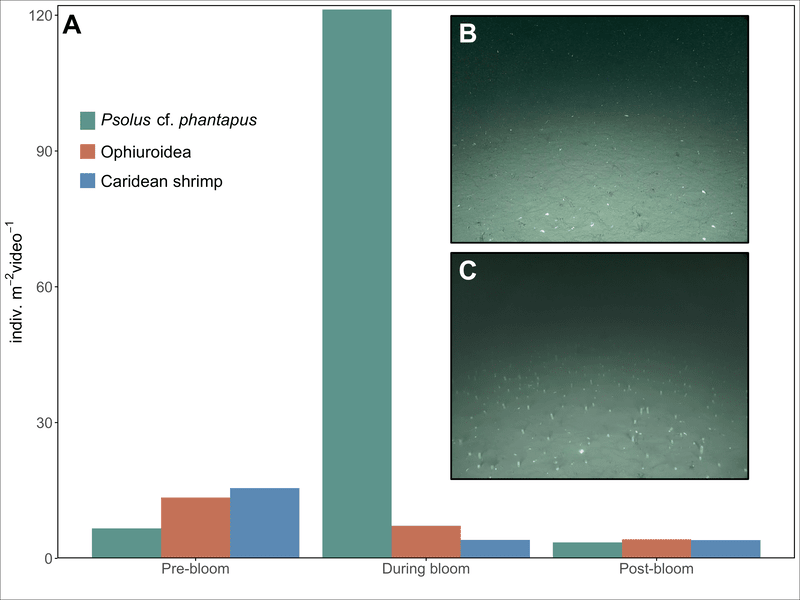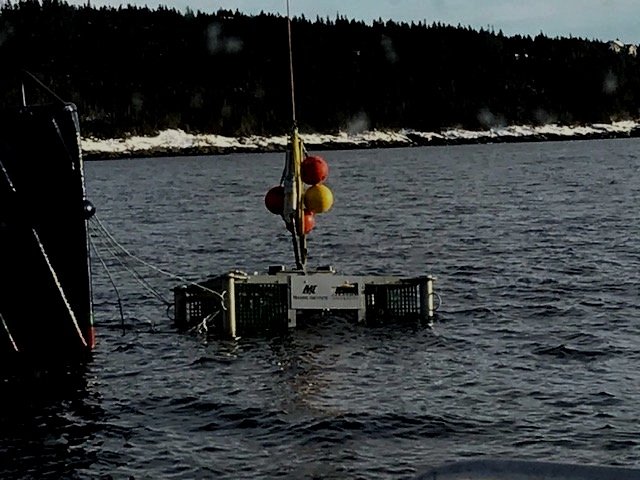Case Study: SubC Camera Helps Reveal First Results from the Holyrood Subsea Observatory
Delving into the depths of sub-Arctic fjords off the coast of Newfoundland, scientists have embarked on a captivating exploration of underwater ecosystems. A pivotal advancement in this endeavor is the Rayfin Observatory Camera, a remarkable piece of equipment that takes center stage at the Holyrood Subsea Observatory. Representing the first results from this groundbreaking observatory, a recent study titled "A first look at megabenthic community responses to seasonal change using the new Holyrood Subsea Observatory in Conception Bay, NL," researchers harnessed the power of the Rayfin camera to unravel the captivating seasonal changes occurring within these sub-Arctic fjord communities. By capturing intricate time-lapse imagery, this innovative camera has unveiled mesmerizing insights into the dynamics of these marine environments. Specifically, time-lapse imagery revealed the unexpected emergence of Psolus cf. phantapus coincided with seasonal warming and food arrival.
This article delves into the study's highlights, methods employed, equipment specifications, and compelling results, shedding light on the complex interactions between seasonal phenomena, benthic communities, and oceanographic factors.
The following was originally presented as a poster as part of the 2022 Marine Imaging Workshop in Brest, France.
Special thanks to Rylan Command, Research Assistant at Fisheries and Marine Institute of Memorial University of Newfoundland.
Background
Sub-Arctic seafloor communities rely on seasonal phytoplankton blooms (SPBs) for food. Snow crabs, sea stars, and sea cucumbers synchronize their reproductive and feeding behaviours with SPBs. SPBs are occurring earlier in sub-Arctic regions, leading to a possible mismatch between timing of resource availability and important life-history behaviours.
Objective
Characterize the seafloor community and their response to the spring phytoplankton bloom.
Methods
We used high-frequency time-series observations from a new cabled seafloor observatory in Newfoundland. Hourly data from environmental sensors, a surface mooring, and a SubC Imaging Rayfin HD video camera informed trends in temperature, chlorophyll-a, and community composition from pre-bloom to full-bloom conditions.
Photographic atlas of the most common taxa observed at the Holyrood Subsea Observatory between February 21 and June 16, 2021. (A) Anarhichas lupus, (B) Nudibranchia sp.1, (C) Ophiuroidea spp., (D) Solaster endeca, (E) Psolus cf. phantapus, (F) Zoarcidae sp., (G) Caridea spp., (H) Phoca sp., (I) school of Clupeidae, (J) Osmeridae (Mallotus villosus), (K) Hyas sp., (L) Chionoecetes opilio.
Equipment
The specifications for SubC’s Rayfin Observatory Camera ensured the reliable collection of data. The camera is rated to 6000m and built with corrosion-proof Titanium and Sapphire Materials. It has up to 1TB of solid-state memory and can also store video and stills directly to a shoreside NAS. Real-time cameras, LEDs, and laser control are ethernet-powered.
Results
Data analysis revealed striking temporal changes in benthic activity, with the notable emergence of Psolus cf. phantapus (up to 289.9 ind./m2) coinciding with increased chlorophyll-a concentration and seawater temperature. At least three dense schools of forage fish, two Atlantic herring (79 and 144 indiv./frame) and one capelin (91 indiv./frame), were observed during the main bloom between May 5 and June 16.
Example time-lapse imagery collected from the Holyrood Subsea Observatory by the SubC Rayfin HD video camera highlighting the intra- and interannual differences in the benthic community and environment during the spring phytoplankton bloom in 2021 (left) and 2022 (right).
Observed environmental time series over the study period at the Holyrood Underwater Observatory at 82 m depth. (A) temperature (˚C) and (B) near-seabed chlorophyll-a (µg mL-3).
Abundance of dominant taxa during the spring phytoplankton bloom, and pre-and-post bloom (A). In-situ image from the Holyrood Subsea Observatory pre- (B) and during (C) the 2021 spring phytoplankton bloom.
Conclusions
There remain many open questions about P. cf. phantapus and local oceanography that merit further study. The long-term deployment of the Holyrood Subsea Observatory will facilitate a multi-year comparison of bloom dynamics and benthic response in the region. Leveraging high-frequency, year-round, and continuous in situ imagery will improve our understanding of these complex ecological and oceanographic phenomena.


